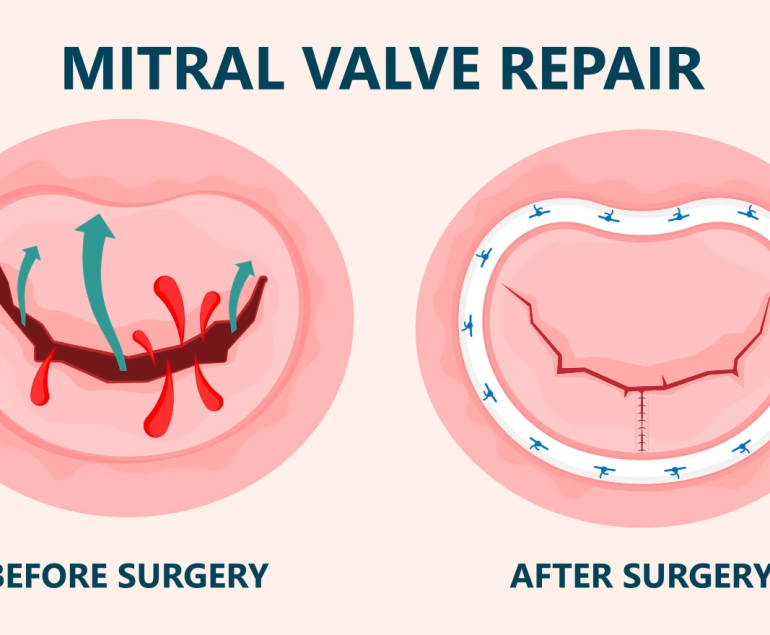Use of Anticoagulants Following Mitral Valve Repair
Mitral valve repair refers to the process of repairing the patient’s own mitral valve, as opposed to valve replacement. This procedure is performed to correct problems such as valve insufficiency or stenosis.
Information regarding the use of anticoagulant medication following mitral valve repair is provided below.
Use of Anticoagulants
The use of anticoagulant medication after mitral valve repair is usually necessary for a temporary period. However, this period and necessity may vary depending on the patient’s individual condition, the type of surgery, and the patient’s other health conditions.
Temporary Use:
Following mitral valve repair, anticoagulant medications such as warfarin are usually prescribed for a short period to prevent blood clots. This period typically ranges from 3 to 6 months, but may be longer or shorter depending on your doctor’s recommendations. After 3-6 months, patients transition to antiplatelet medications (ecopirin, etc.). Antithrombotic drugs are usually taken for life. If the patient has rhythm problems, your doctor may recommend that anticoagulants (warfarin, lixiana, xarelto, eliquis, etc.) be taken for a longer period of time.
Concomitant conditions: Anticoagulant therapy may be required for a much longer period if the patient has a metallic heart valve or arrhythmia.
Monitoring and Follow-up
INR Tests: If you are taking warfarin, you will need regular INR (International Normalised Ratio) tests. This test was developed to standardise the prothrombin time test worldwide and ensures the correct dose of medication is being taken.
The INR value should be maintained between 2 and 3 for valve repairs.
Regular Check-ups: Regular INR checks are important after surgery. This allows the anticoagulant medication doses to be adjusted and maintained at the desired blood level. Weekly INR checks are performed in the early stages after surgery to adjust the blood level, followed by monthly INR checks for monitoring.

Risks and Side Effects
- Bleeding Risks: Anticoagulant medications increase the risk of bleeding. Therefore, if you notice any signs of excessive bleeding (e.g., prolonged nosebleeds, blood in urine, black or bloody stools) while taking this medication, you should consult your doctor immediately.
- Drug Interactions: Anticoagulant medications interact with other medications. Warfarin interacts most with food, and foods containing vitamin K (especially green leafy vegetables) can reduce the effectiveness of warfarin, leading to clot formation. Always consult your doctor before starting a new medication.
Conclusion
The use of a strong blood thinner (warfarin) after mitral valve repair is usually necessary for a temporary period. However, this period and necessity may vary depending on the patient’s individual circumstances. Your doctor will determine the most appropriate treatment plan for you and perform the necessary checks. To obtain the most accurate information about your personal health condition and to ensure your treatment process progresses as effectively as possible, it is essential to follow your doctor’s recommendations and instructions.



